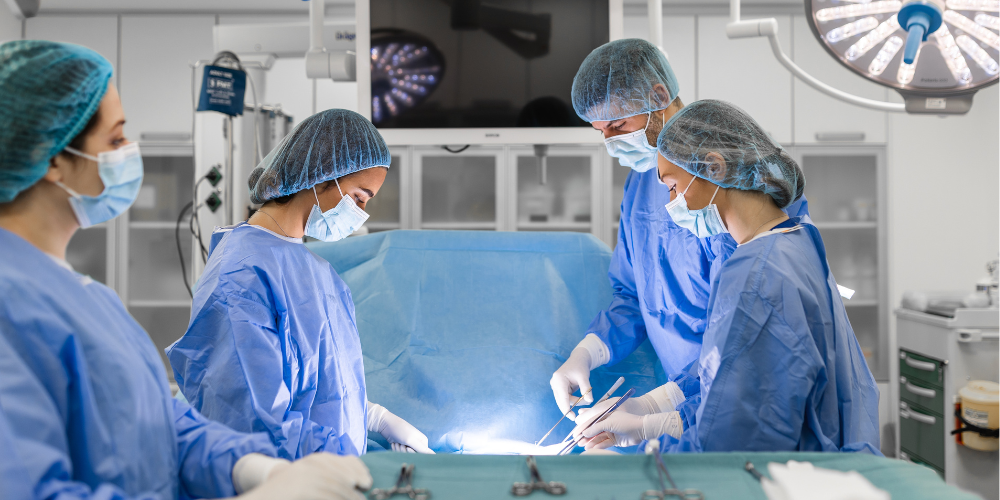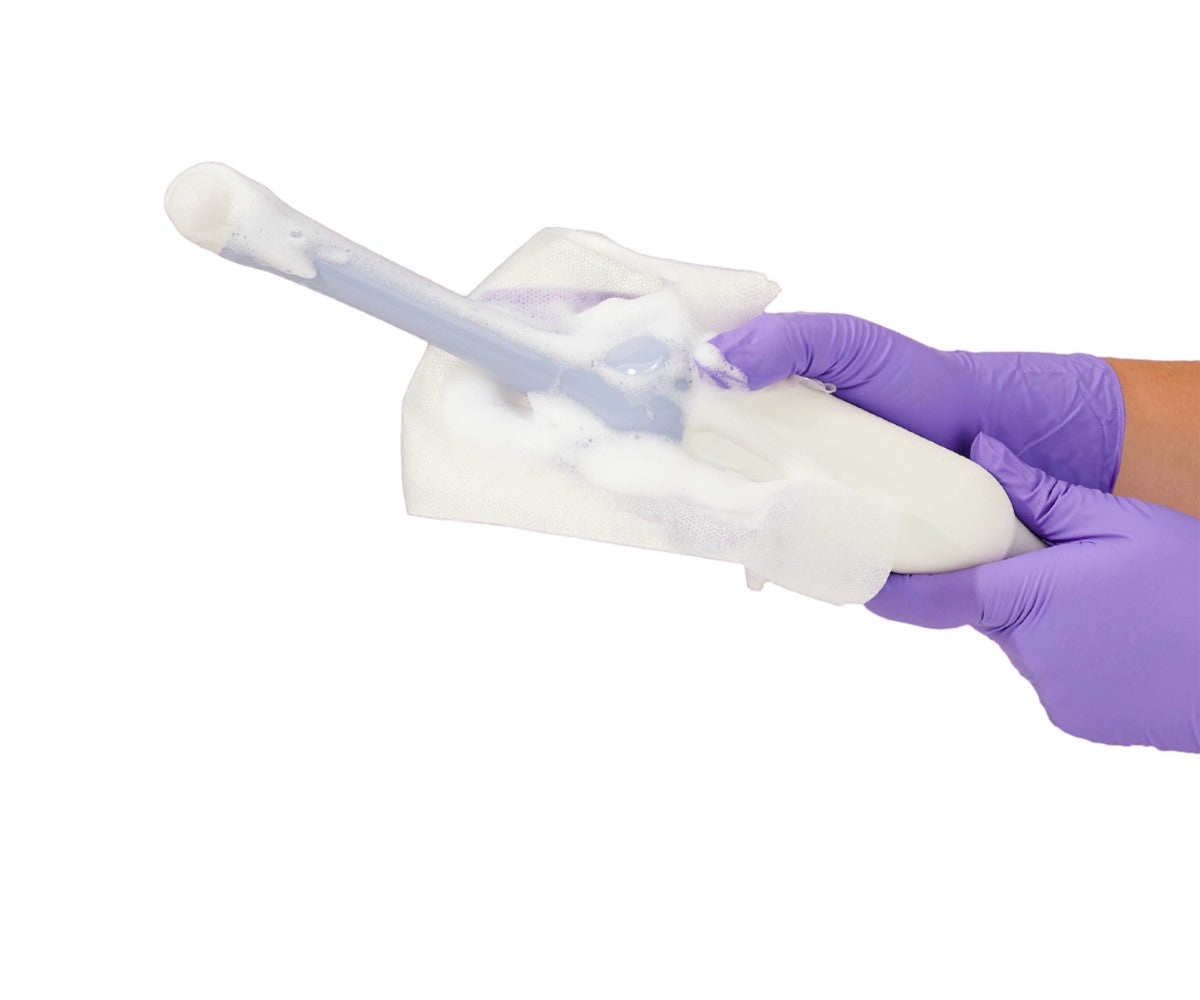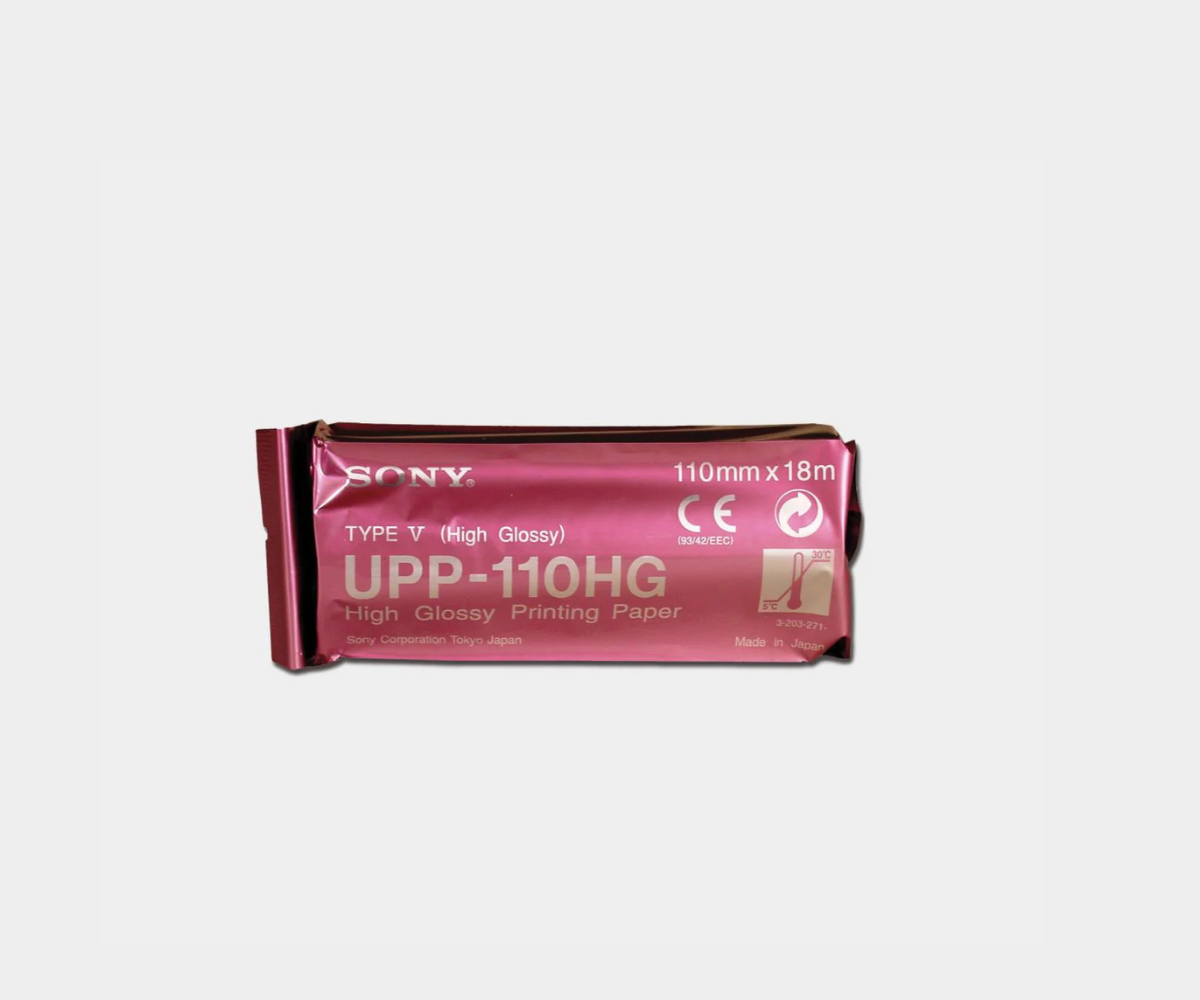In the dynamic realm of medical technology, ambulatory surgery centers (ASCs) lead the charge in embracing innovations that elevate patient care and streamline operations. Among the forefront technologies are robotics and virtual reality (VR), which are reshaping surgical procedures and medical training, offering substantial advantages.
The Rise of Robotics in Surgery
Robotic-assisted surgery has come a long way from its early days of large footprints, complex workflows, and prohibitive costs. Today, robotics is no longer confined to academic institutions but is being widely adopted in ASCs. This shift is driven by the demand from both surgeons and patients for more precise and efficient surgical options.
Robotics programs are lauded for their potential to improve efficiency across the surgical service line. The key surgical goals include precision in bone resection and component placement, soft tissue balancing, the use of fewer instruments, reduced surgical times, and enhanced implant longevity. The introduction of robotics in surgery not only meets these goals but also promises to enhance overall patient outcomes.
Purchasing a robotic system is merely the first step in a comprehensive integration process. Successful implementation requires robust program infrastructure, development, and a learning curve for surgeons adapting to this new technology. Preoperative screening for previous implants and advanced imaging, such as computed tomography, must be integrated into the software. Moreover, surgical departments need highly integrated teams committed to evidence-based standardized care to achieve optimal outcomes.
The demand for robotics in surgery is on the rise, driven by its application in various surgical procedures. During COVID-19, the advantage of non-human contact in surgical procedures has become even more critical. Robotics can act as a physical barrier, separating healthcare workers from patients, thereby reducing the risk of pathogen transmission.
According to a poll conducted at the 2019 Association of Hip and Knee Surgeons annual meeting, 40% of surgeons use robotics for total joint arthroplasty in both inpatient and outpatient settings. This adoption rate indicates that robotics has reached a tipping point in its technology product life cycle, signifying widespread acceptance and growing demand.
Robotics offers unparalleled accuracy in surgical procedures. For instance, in spinal surgeries, robots can achieve an accuracy of approximately 0.05 centimeters. Similarly, robotic-assisted total knee arthroplasty (TKA) platforms enable surgeons to achieve implant alignment with millimeter or degree precision, resulting in fewer complications and better patient outcomes.
The marketing potential and the efficiency gains reported by some ASCs make robotics a compelling choice. For example, in an economic study published in 2019 by Corin Group, TKA procedure volumes increased by 24% over two years after introducing the OMNIBotics platform. Moreover, patients in a study published in Archives of Orthopaedic and Trauma Surgery in 2021 reported a satisfaction rate of over 97% at 3 years post-operation, highlighting the positive impact of robotic technology on patient satisfaction and surgical outcomes.
Virtual Reality: Transforming Surgical Training
As medical scenarios become increasingly complex, innovative educational methods are essential. Virtual reality (VR) is emerging as a transformative tool in surgical education, offering immersive learning experiences that traditional methods cannot match.
The advantages of VR in surgical training are compelling. VR offers a cost-effective, highly realistic alternative to traditional textbooks and lectures. Research has shown that VR training significantly enhances skill acquisition and confidence among medical professionals. For instance, a study published in 2022 on plastic surgery residents demonstrated that those using a simulation-based cleft surgery website showed marked improvements in surgical knowledge, procedural confidence, and performance compared to those who used textbooks.
Moreover, VR has significant implications for patient safety. Medical errors are a major cause of mortality, and residents and medical students often work long hours in high-pressure environments. Traditional teaching methods that rely on observation and limited hands-on practice can leave room for error. VR allows students to develop and refine their skills in a safe environment, reducing the likelihood of errors in real-life situations.
For example, a study published in 2023 assessed the effect of VR training on cholecystectomies and found that VR-trained surgical residents demonstrated significantly higher performance and consistency, reducing operating times and the length of anesthetic events, thereby improving patient outcomes.
The flexibility of VR also makes it a valuable tool in addressing limitations caused by pandemics and mandatory social distancing. The COVID-19 pandemic, for example, significantly disrupted access to training facilities. VR offers an alternative by allowing trainees to practice procedures repeatedly outside of the operating room. This helps maintain the quality of training during disruptions but also offers a cost-effective solution by reducing the need for expensive operating room time.
Another groundbreaking application of VR technology is in enhancing the patient experience during procedures. A study published in Plastic and Reconstructive Surgery in 2019 involving Wide Awake Local Anesthetic Surgery No Tourniquet (WALANT) hand surgeries explored this potential. Patients were randomly assigned to either a VR or non-VR group, with the VR group using a Samsung Gear VR headset during their procedures. The study found that VR significantly reduced patient anxiety and increased comfort during both the injection and surgical phases.
Patients in the VR group reported higher levels of satisfaction and a more pleasant surgical experience overall. This indicates that readily available VR hardware and software can provide a passive, immersive experience that not only improves patient comfort but also enhances their overall experience during surgical procedures.
The integration of cutting-edge technologies like robotics and virtual reality in ASCs is not just about keeping pace with medical advancements also about future-proofing these centers to deliver superior patient care. Robotics offers unmatched precision and efficiency in surgical procedures, while VR transforms medical training and patient experiences.
Despite the challenges of cost and implementation, the long-term benefits of these technologies make them invaluable assets in the ever-evolving landscape of healthcare. As ASCs continue to embrace these innovations, they are well-positioned to lead the way in providing high-quality, efficient, and patient-centric care.

EDM Medical Solutions is a premier supplier and manufacturer of medical imaging products, including ultrasound supplies, surgical drapes, and needle guides. We are committed to delivering a high-quality and cost-effective range of products that enhance patient care and operational efficiency.
Our Krystal brand, featuring probe covers and equipment drapes, sets the industry standard for quality, safety, and reliability. Switching to Krystal can mean up to 30% in savings on your supplies.
With market-leading prices and rapid shipping options, we ensure our clients have immediate access to the supplies they need, when they need them. That's why over 2,000 facilities in the US choose EDM.









